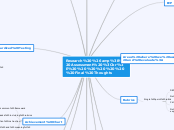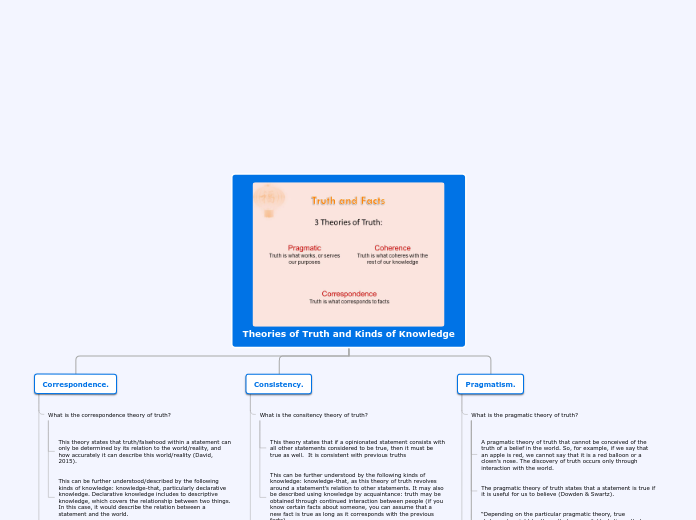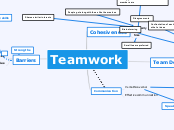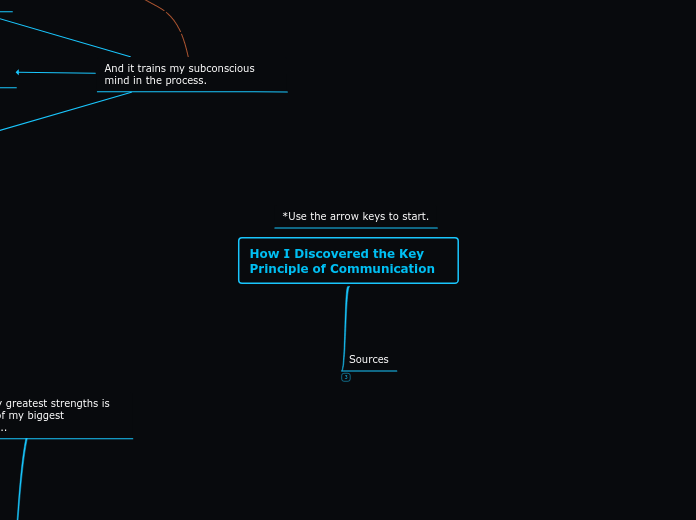Research & Assessment
Final Thoughts
Checklists
o “The simple act of establishing objectives and criteria with your students allows them to progress, because they will have a better understanding of what they need to do to reach their full potential.”
FEEDBACK
doesn't offer a plan of action
top down
tries not to be mean
Is an information dump
Points out problems
Affirms what the person already knows
“Frankly, I’m amazed by the number of educators whose opposition to standardized tests and standardized curricula mysteriously fails to extend to standardized in-class assessments.”
Achievement Chart
Criteria with which to assess and evaluate student learning
Basis for consistent and meaningful feedback
Plan instruction
Assessment tasks including rubrics
Provide common framework
Standardized Testing
https://www.youtube.com/watch?v=YtE0OsRWeYI
"We must constantly remind ourselves that the ultimate purpose of evaluation is to enable student to evaluate themselves."
– Arthur Costa
"As testing isn’t going anywhere, it is of value to all those in the teaching and learning process to be more assessment literate."
-Patrick Riccards
Is it about the learning or the score?
Grading
DONT: Base grades on bell curve
DONT: Base grades on unclear target
DONT: Give extra credit or bonus marks
DONT: Apply late marks
I believe this applies well for elementary grading however, I can't imagine it being particularly helpful after a certain time frame in grade 11 or 12.
DONT: combine attitude and effort with achievement
DONT: Use zeros
DONT: give marks for homework or practice
Meant to reinforce learning and master skills
Checked for completion: yes
"Grades are so imprecise
they are almost meaningless"
Marzano
Anecdotal Notes
o Combination of both formative and summative assessment for consultation with a support staff
o Summative assessment for conferring with families about a child’s progress
o Formative assessment for determining instruction that matches the strengths and needs of the students
o Use abbreviations, write in past tense, support records with evidence, avoid redundancy
o Observing students in instructional settings (notes) observe small groups of students at a time – not full class
o Gain information on students in order to develop portfolios
FEEDFORWARD
Refines group dynamics
Has an impact
is authentic
Is particular
Expands possibilities
Regenerates talent
Formative Assessment
Repeat the process
Plan instruction around content requirements and student needs
Look for patterns
Engage students with formative assessment
Assess persistently
Make feedback user-friendly
Provide instructive feedback
Make room for student differences
Begin with clear Knowledge, Understanding, and Dos
Help students understand the role of formative assessment.
Rubrics
Single point rubric
Notes on how the work exceeds expectations
Criteria for proficient performance
Notes on what needs improvement
DEFINITELY A FAVE!
Areas where we assess and evaluate:
Communication
Thinking
These items require students to:
*select more than one tool and sequence them (e.g., add first then subtract) or use reasoning to determine the explanation. There may be more than one way to answer these questions.
Application
These items require students to:
*select the appropriate “tool” (representation, model, computation) or get the necessary information
*“fit” it to the problem.
Knowledge
These questions assess basic knowledge or understanding of concepts.
These items require students to demonstrate:
*subject specific content (knowledge)
*the comprehension of its meaning and significance (understanding)
IEP
How do you assess a student on an IEP?
“This (letter grade/percentage mark) is based on achievement of expectations in the IEP that vary from the Grade X expectations (and/or) are an (increase/decrease) in the (number and/or complexity) of curriculum expectations.”
If the expectations in the IEP are MODIFIED, teachers must check the “IEP” box for that subject/strand on the Progress and/or Report Card and teachers must also include the following statement in the section “Strengths/Next Steps for Improvement”
If a child can’t learn the way we teach, maybe we should teach the way they learn.
-Ignacio Estrada
Self & Peer Assessment
o Give students options to circle and explain each option clearly as a group before filling out
o Use plain language that is easy for students to understand
o Leave room for students to suggest next steps
Self assessment can be defined as “the process by which the student gathers information about and reflects on his or her own learning … [it] is the student’s own assessment of personal progress in knowledge, skills, processes, or attitudes. Self-assessment leads a student to a greater awareness and understanding of himself or herself as a learner” (Ministry of Education, 2002, p. 3).
o Students take responsibility of their own learning
o Helps students better understand the assessment criteria you provided
o Enables students to include important performance dimensions that would not usually be included in their grade (Ex: effort).
o Teaches students how to give constructive criticism
o Gives information students can use to improve their work.
o Development of metacognitive skills
• Ensure students know the criteria for quality work
• Engage students in discussion as to why self-assessment is beneficial
• Ensure anecdotal feedback in addition to scores/grade









